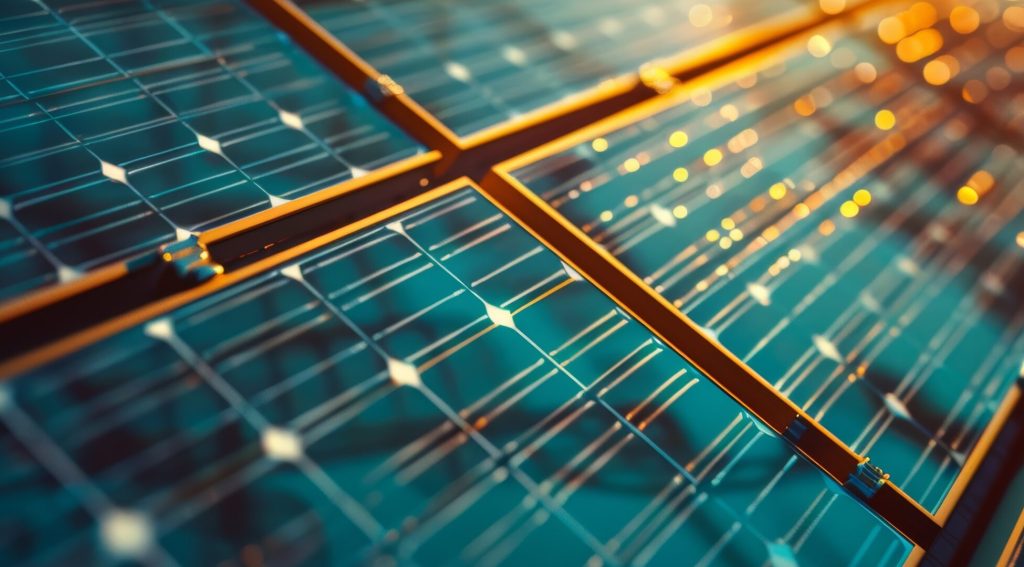The Ministry of New and Renewable Energy (MNRE) is set to launch a new monitoring mechanism that will require solar equipment importers to register their consignments in advance. The proposed system aims to mandate the declaration of content, source of origin, and adherence to harmonized system (HS) codes for all solar cells, modules, and other components entering the country.
Visibility gap:
The move is primarily driven by the need for greater clarity on imported solar products and where they are ultimately deployed.
According to Santosh Kumar Sarangi, Secretary, MNRE, “Today, whatever is getting imported, there is no clear visibility on how much of it is for the commercial and industrial segment, for self-use, or for grandfathered projects.”
The proposal has been sent to the Ministry of Commerce and is expected to be implemented within days, mirroring the advance registration framework currently in place for items like steel and paper imports.
Backdrop:
The new monitoring system is the latest in a series of policy interventions designed to reduce India’s heavy reliance on foreign-made solar equipment, particularly from China, and foster a self-reliant (‘Aatmanirbhar’) solar supply chain.
Policies already in force include:
Basic Customs Duty (BCD): High tariffs imposed on imported cells and modules.
Approved List of Models and Manufacturers (ALMM): A list of certified manufacturers whose products are mandatory for use in government-assisted solar projects.
By closely tracking imports, the government aims to ensure that foreign-made components are not circumventing existing trade barriers or distorting the market for domestically manufactured goods, especially those supported under the Production Linked Incentive (PLI) schemes.
Key impact: transparency and compliance
The mandatory advance registration process is intended to bring full transparency to the solar supply chain and enforce compliance with quality and content regulations across all project types in India. It is a critical step as the country races toward its ambitious target of 500 GW of non-fossil fuel electricity capacity by 2030.











